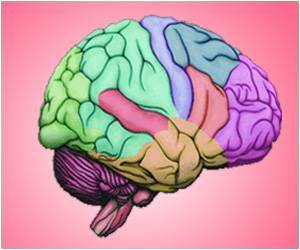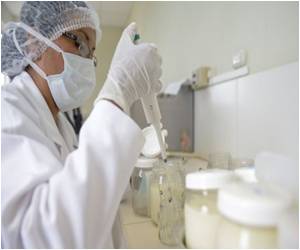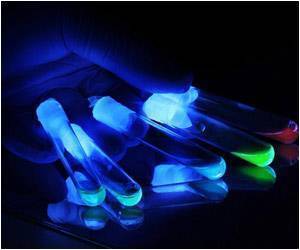In humans, prions are infectious agents responsible for neurodegenerative diseases such as bovine spongiform encephalitis (commonly known as mad cow disease ) and Creutzfeldt–Jakob disease.

More recently, several studies have suggested that a yet unknown cofactor plays a role in the process of conversion from a normal prion into the scrapie form. Among the factors potentially involved in the process are molecules belonging to the family of glycosaminoglycans, or simply GAGs. In fact, GAGs have been implicated in several degenerative diseases, including prion diseases. However, while some studies point to these molecules as the culprit for prion conversion, others suggest an opposite effect in which the molecules protect against prion conversion.
In a previous study, a group headed by Dr. Jerson Silva at the Federal University of Rio de Janeiro in Brazil showed that when bound to heparin, a molecule belonging to the family of GAGs, prions undergo aggregation that is similar to that observed with the scrapie form. However, this aggregation is only transient and in fact results in stabilization of the prion protein, which does not lead into prion conversion or disease.
In a paper entitled "Heparin binding confers prion stability and impairs its aggregation" and published ahead of print in The FASEB Journal, the group now unveils more details on heparin and prion conversion and presents additional evidence that might help explain the conflicting results previously reported.
Working with brain homogenates from animals with transmissible spongiform encephalopathy, the group found that heparin interactions with the terminal domains of a form of murine prion protein led to kinetic and thermodynamic stabilization of the prion protein, preventing its aggregation. "One possibility," explains Dr. Silva, "is that the negative charge of heparin molecules protects against the already known conversion effects caused by high temperatures. Alternatively, interaction of heparin with the prion protein might limit the access of the scrapie form to its normal counterpart, impairing the ability of the abnormal protein to sequestrate and convert normal prions."
Previous studies have shown that heparin of low molecular weight, as in Dr. Silva's study, is capable of crossing the blood–brain barrier, an ability essential to any drug or molecule thought to act in the brain. Additionally, LMWHep-Neuroparin, a small GAG of 2,100 Da, has shown a neuroprotective role in Alzheimer's disease animal models. Together, these findings may establish the groundwork for the development of GAG molecules for therapeutic use against prion diseases and other more common prion-like neurodegenerative diseases, such as Parkinson's, amyotrophic lateral sclerosis and Alzheimer's.
Advertisement












